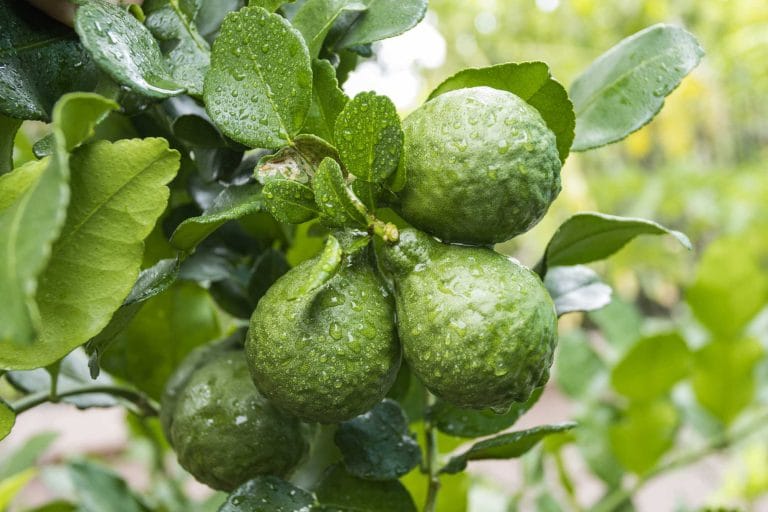The tale of bergamot in tea is most famously intertwined with Earl Grey tea. The most popular, though likely apocryphal, story credits Charles Grey, the 2nd Earl Grey and British Prime Minister in the 1830s, with the tea’s origin. One version of the legend claims that a grateful Chinese mandarin, whose son was saved from drowning by one of Lord Grey’s men, presented the blend to the Earl. However, historical records suggest Lord Grey never travelled to China, and the use of bergamot to scent tea was not a known practice there at the time.
Another, more plausible theory suggests the blend was created to suit the water at Howick Hall, the Grey family’s home in Northumberland. The local water had a high lime content, and the citrus notes of bergamot were used to offset this, creating a more balanced flavour. Lady Grey reportedly served this tea during her London social gatherings, where it gained immense popularity.
Yet another account suggests that the practice of adding bergamot to tea was initially a way to mimic the taste of more expensive Chinese teas or to mask the flavour of lower-quality leaves. Regardless of its true origin, the combination of bold black tea and fragrant bergamot has become an enduring classic.
Over time, Earl Grey evolved from a single blend into a category of its own, inspiring countless variations that include green, white, rooibos, and even herbal teas infused with bergamot. Modern tea blenders often experiment with additional ingredients—such as lavender, vanilla, or blue cornflowers—to create signature twists on the traditional formula. Despite its mysterious beginnings, bergamot’s role in tea continues to grow, proving that this citrus fruit is more than just a flavour—it’s a timeless ingredient that bridges history, innovation, and personal taste in every cup.





